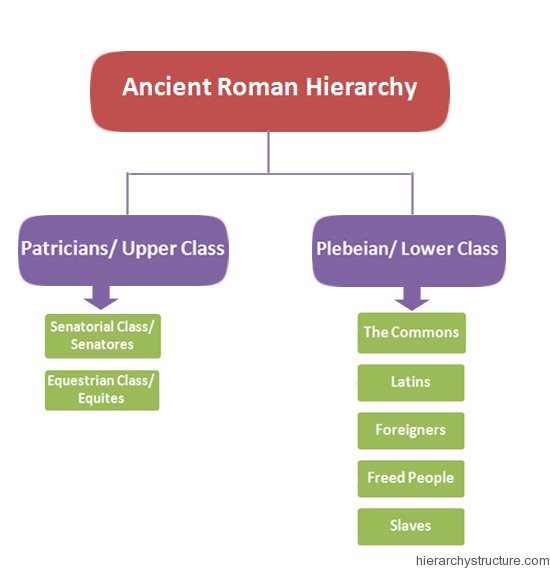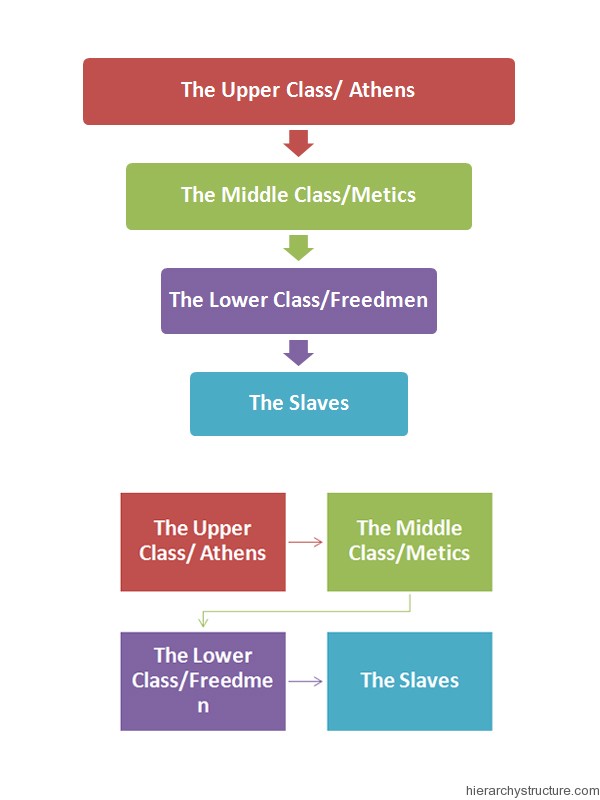Cyber Day; Post 17
Following my post in which I defined 10 terms regarding Rome, we took a deeper look at two of them in order to create a comparison in culture. More specifically, we were instructed to write about the differences between Roman patricians and the Roman plebians. Further, we were to make a correlation between these two "social classes" of Rome and those of Greece. This discussion and comparison are listed below:
Firstly, let's define patricians and plebians in regards to Rome:
Patrician: Wealthy landowners who held most of the power. (Personally, they seem to be the aristocrats of Rome).
Plebians: A group dominated by the common farmers, artisans, and merchants who made up the majority of the Roman population.
Now that we have our definitions, a deeper analysis should be done on these classes, both of which were explained to have been struggling for power reign over Rome. Regarding power, Patricians seemed to have a distinct advantage over that of the Plebians in Rome, for they had continuous family ties which allowed them to preserve and increase their power as time progressed. This power even allowed the Patrciains to limit the Plebians in the government positions in which they could hold. Later, with time the Patricians slowly allowed the Plebians to gain power, although in their own forms of assembly. This formation of their own assembly went on to be called "Tribunes". As with many civilizations, over time more privileges are granted to those who have been barred from much of the daily activities of the affluent.
Comparing the two predominant classes of Rome (Patricians and Plebians) can be easily correlated to that of the classes of Greece. In Greece, as with most civilizations, Aristocrats held power which in turn, affected the majority of the population. This is especially true in Greece where there were both classes of extraordinary power as well as classes that were under harsh treatment (debtors and slaves). Just as in Rome, based upon a higher social class, the more privileges you would be granted within your population. By applying this principle between the Roman classes and that of Greece, it's a wonder why Rome didn't have as much impact on our world today as Greece did. And while it may be ignorant to say that Rome didn't have as large of an impact on the world today, I'm yet to hear of the religion, politics, and philosophy of Rome as extensively as we had with Greece.
Additional Thoughts:
In order to gain the knowledge which I held for Greece, I believe it's vital that I do my own research. Because I was intrigued by Greek architecture, it wasn't hard for me to conduct my own research to further my knowledge. This especially came in handy during our initial cyber days, in which we reviewed our old content rather than progressing (likely for the better). If I am capable of tapping into my interest in Rome, I find no reason why I wouldn't be able to have as extensive knowledge here as I did in our Greek Studies. The solution will likely be watching documentaries, which usually allow me to remain relaxed while absorbing high sums of information.
Informative Charts:

Listed Above is an Ancient Roman Hierarchy Chart which does a great job of further explaining the positions within the two social classes we discussed (Patricians and Plebians).
Informative Charts:

Listed Above is an Ancient Roman Hierarchy Chart which does a great job of further explaining the positions within the two social classes we discussed (Patricians and Plebians).
Similar to the Roman Hierarchy, The Greek Hierarchy (listed above) exhibits the complexity of their civilization. Additionally, the Middle Class is listed as a mid-range to the two polar opposites.
Works Cited:
With that said, I conclude my April 30th Blog Post; Stay Safe, and Take Care!


Comments
Post a Comment